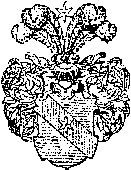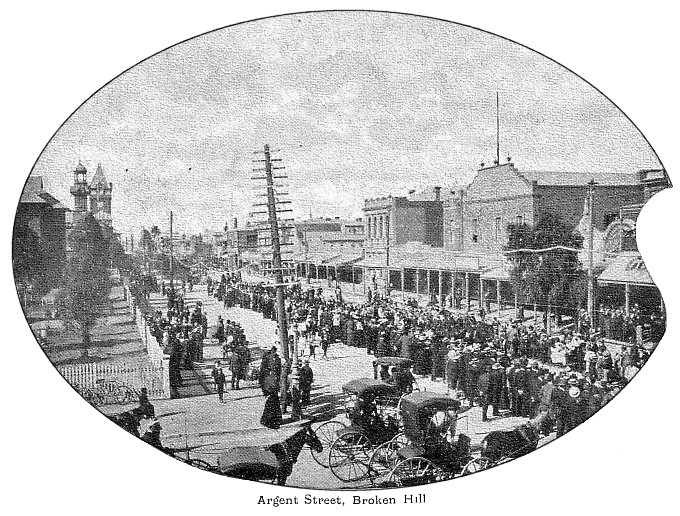DistributionUnderlined countries are links to maps showing distribution.
To date the Study's emphasis has been on data collection rather than analysis. The records, especially early records, are in fact insufficient for competent analysis of origins and migration; nevertheless, certain patterns have emerged as noted below. It is expected these will acquire more detail as the Study progresses.
British Isles. The Netherwood surname is most common in England where it originated and is especially concentrated around Huddersfield in West Yorkshire. Absence of early evidence suggests the name did not originate there, however, and according to George Redmonds 1 it arrived with Miles who migrated from Halifax around 1680. Earlier Yorkshire evidence shows Netherwoods in Leeds and especially Kildwick in the 1500's, and in the mid-1300's in the City of York. The earliest documented Netherwood, however, according to P. H. Reaney,2 dates from 1274 and is not from Yorkshire but Essex, where a small population persisted through most of the 1800's. Netherwoods in Kent and the West Country during the first half of that century have connections to them.
From West Yorkshire, significant migration west to Cheshire and Lancashire occurred from at least the late 1700's, probably in response to increasing employment opportunities in transportation and industry. In the latter 1800's some limited migration from England to Wales and Scotland took place. No Netherwood with Irish roots has been found despite a number of US attributions of Ireland as the birthplace of some immigrant males. In at least some cases these are errors arising when ships from Liverpool stopped at Queenstown/Cork en route to the US.

Sweden. The earliest Netherwoods known outside the British Isles resided in Sweden, the first being William, a ship captain who died in 1633 in Tutaryd, Kronoberg. Through distinguished military service to the Swedish court, he was the founder of a noble line which lasted into the 1940's, many of his descendants continuing the military tradition. Due to their noble status, the long history of the Netherwoods in that country is well documented. Their vapen, or arms, is at right.
Swedish sources state that William was born to a noble Scottish family but no such family is known to the Study. The only indication to date of an early Netherwood presence there is the 1660 baptism of Elizabeth Nethirwood, daughter of Daniel, in Edinburgh.
United States. By the late 1600's, a Netherwood appeared in America. Cornelius arrived at Philadelphia in 1685 as a servant with the family of Edward Cutler, weaver and Quaker of Slaidburn, Yorkshire (now in Lancashire), settling in Bucks County, Pennsylvania. Another Netherwood, William of Ealing, Middlesex, arrived at Baltimore in 1736 aboard the Patapsco Merchant, having been transported for stealing wool from a warehouse. No descendants of either are known to the Study; it is possible they returned to England.
The first Netherwoods known to have established a line of descent in the US arrived in the 1800's. Joseph and Emma (Barraclough) Netherwood of Huddersfield parish, West Yorkshire, arrived in 1842 and settled near Albany, New York, eventually moving west to Wisconsin. Also in the 1840's William Netherwood left Mirfield, West Yorkshire, and settled in Pennsylvania. From the 1850's on, other Netherwoods arrived, many from West Yorkshire and often to work in the textile and stone industries.
Australia. David and Catherine (Clark) Netherwood arrived at Melbourne from Wakefield, West Yorkshire, in 1856 and became one of the pioneer families of Victoria. Their children located to South Australia and Western Australia. After 1900 a Netherwood family associated with mining is found at Broken Hill, New South Wales; whether they are independent or related to the family of David and Catherine is presently not known to the Study.

The only known Netherwood in Australia's convict population was John, transported on the ship Medway to Hobart, Tasmania. His arrival date is unknown but he was there in 1828 and received a ticket of leave in 1837. Neither his origin nor what became of him is presently known.
Caribbean. Several unrelated Netherwoods have lived in this part of the world at various times. George Netherwood of London in his 1783 will described himself as "late of Jamaica in the West Indies" and made bequests to a number of people in Jamaica including his cousin Joseph, seemingly the one who sailed there in 1774 and died by 1794. If either had children they are not known.
Adam Fredric, one of the Swedish Netherwoods and an officer in the French army, died in 1803 while serving in Santo Domingo, a few weeks after contracting a marriage. There were no children from the marriage but he was survived in Sweden by an illegitimate son, Zacharias, whom he acknowledged and who used his surname; Zacharias himself had sons but their male line appears to have been extinguished.
In the 1820's, another of that family, Georg Magnus, was appointed to the island of St. Barthélemy, newly acquired by Sweden from the French, as customs controller. The family remained after the island was returned to France until his grandson, known as Wilhelm or William, removed with a sister to nearby St. Maarten. Wilhelm died there in 1948, last male of the noble line.
Canada, New Zealand, South Africa. A few Netherwoods have been noted in these countries and where there is sufficient detail an event has been recorded in the Study data. In some cases, particularly all four from South Africa, a Netherwood is merely mentioned without an event, date or place, so there is not enough for an entry. More research is needed in these areas.
‘The Other Side’. Only one inhabitant from this realm is known, currently haunting the new fire station on Romford Road in Ilford, Essex, having relocated from the old one on Broadway. He is said to be the ghost of Godfrey Netherwood, a man of the late 19th century who was interested in paranormal happenings. Staff at the fire station say he appears as a fireman in a brass helmet. If anyone sees him, please ask where he was born and who his parents were :-)
1 "Settlement in Huddersfield Before 1800" in Huddersfield, A Most Handsome Town, E. A. Hilary Haigh, ed., pg. 29; Kirklees Cultural Services, 1992. Highly recommended for sorting the confusion of Huddersfield place names.
2 A Dictionary of British Surnames, pg. 229; Routledge and Kegan Paul, London, 1958.